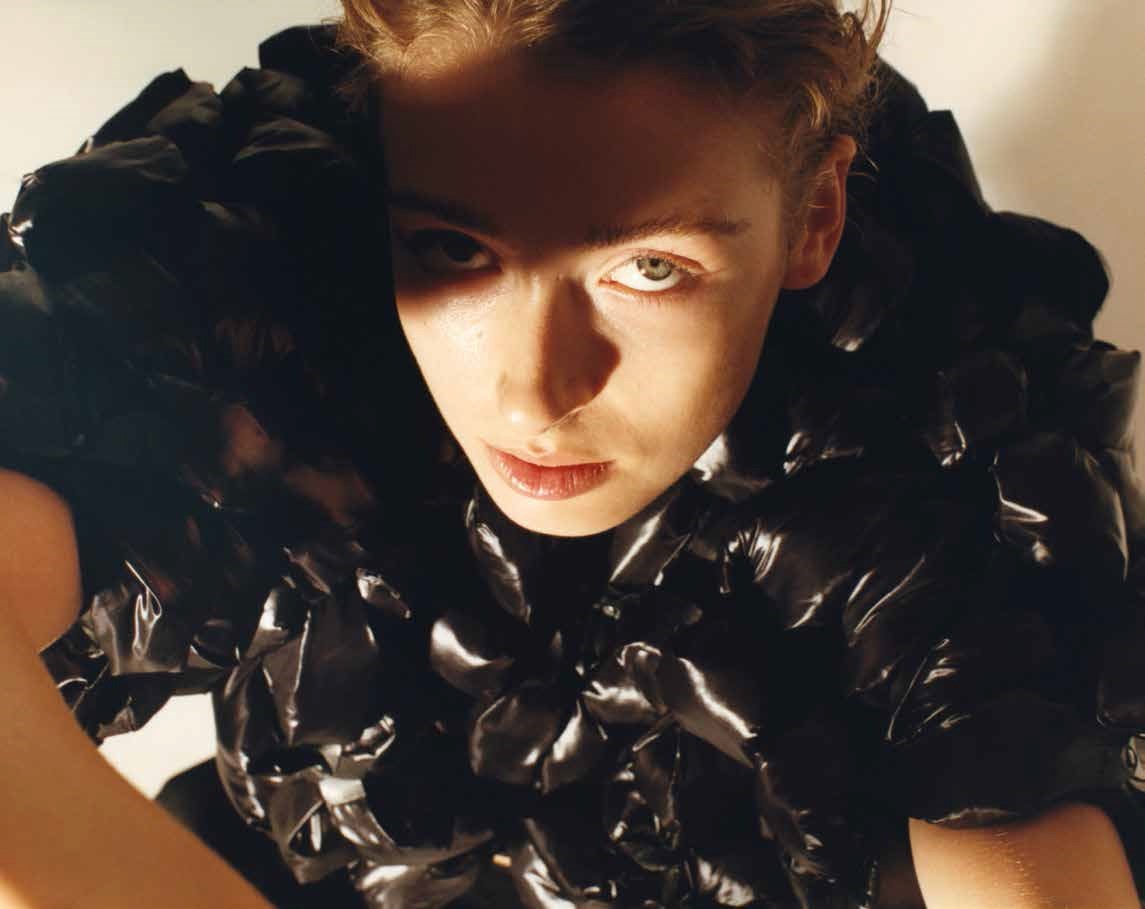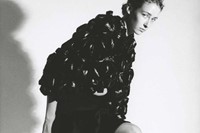There is nothing surprising in finding the inner workings of Comme des Garçons fascinating, considering that the cult label has managed to establish an independent empire that is both obscure (the much-discussed silence of Rei Kawakubo) and transparent (the zen mantras of creativity of Adrian Joffe).
But where success stories are often ones of scorched earth and assimilation, what is most impressive about the Japanese brand is its fecundity; the space it has created for other designers to work, both under and next to it. Junya Watanabe, Gosha Rubchinskiy and Sacai are but a fraction of the labels fostered by the Comme des Garçons hydra.
In this diverse set of alumni and partners, the most discrete – and the one we are most fascinated by – is Kei Ninomiya, who helms the label Noir. Since starting his own brand under the Comme des Garçons umbrella in 2012 after many years as a pattern-maker under Rei, he has established a quiet all-black universe of technical invention and sartorial poetry. His collections are feats of production, leather bound by chains and studs, woven plastic and micro-assemblages from which garments emerge. But his craft is utterly devoid of look-at-me showmanship, and it is in the quiet details that his talent resonates the most.
For Autumn/Winter 2016, he showed a dress which appeared from even moderate distance as a simple grey woven garment, but which revealed itself - upon closer inspection - to have been constructed from a single piece of white raw padding covered with thin black gauze, the weaving mimicked through internal stitches; what seemed austere and minimal was a work of surprising invention. This is a consistent pattern in his work: a subversive and inventive craft, paired with a stripping-down of anything superfluous.
Curious to learn more about the method to his madness, we met him in his showroom in Paris, where he discussed working under Rei Kawakubo, and crafting small furry animals.
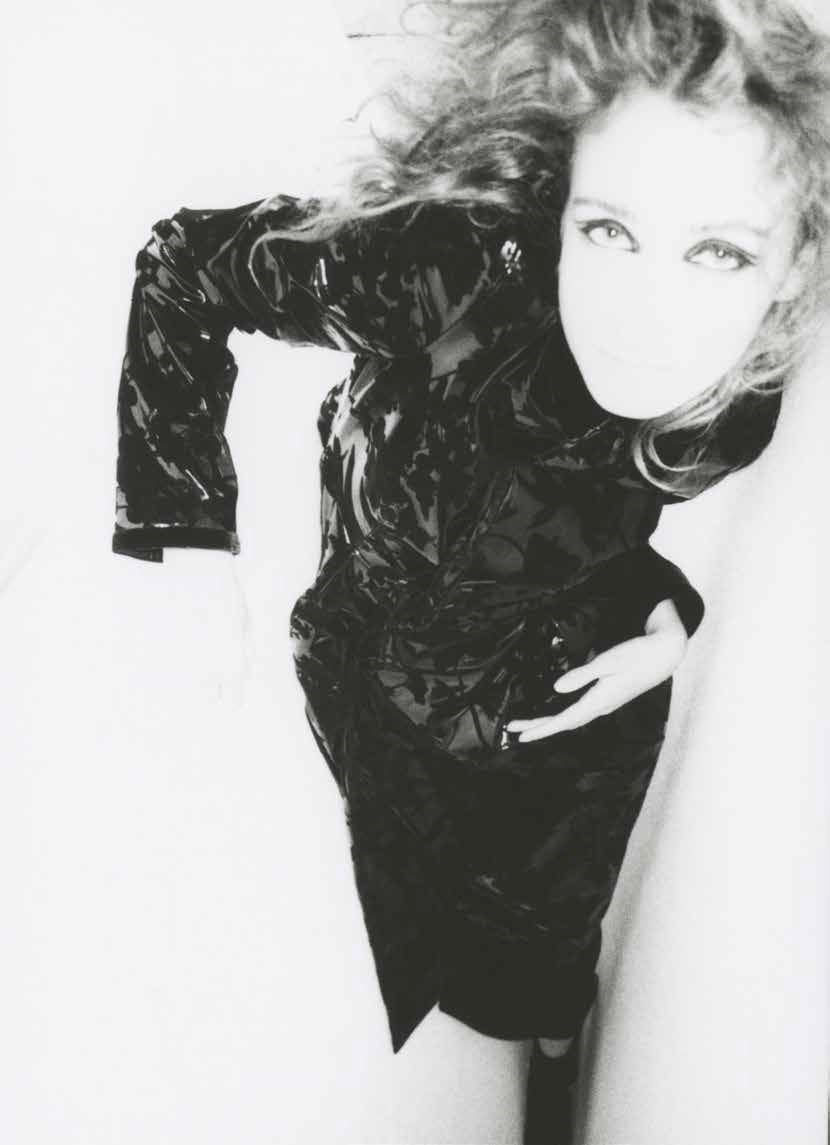

Let’s start from the very beginning. What was your point of entry into fashion?
How did I get into fashion?
Or why?
I don’t remember exactly… What can I say? I don’t remember. Actually, I just like to make something, not necessarily fashion. I really like to make objects, nothing in particular.
So making anything?
Objects, garments…
You studied fashion at Antwerp’s Royal Academy of Fine Arts.
I was in university, and I started to work by myself, to make small objects, little pieces of fabric. But I didn’t know the method to make clothes, so then I wanted to study fashion techniques, to learn how to make a pattern. Then I decided to go to school. This why I went to Antwerp.
And how was your experience of Antwerp? What did it teach you?
What did it teach me? Antwerp? [Laughs] Actually, they never taught me anything. I did the same things I was doing before, and the teachers then said if it was ok or not, and that was over, that was all.
Before Antwerp you studied French literature.
Yeah.
Did that impact your work?
No, no, they are completely different stories to me.
And then you left Antwerp to work at Comme. How was the transition between working in a university context and working for Comme des Garçons?
Very similar. In Antwerp, the teachers told me "yes: or "no". At Comme des Garçons, they told me "yes" or "no". It is the same thing. Of course, at Comme des Garçons, they also think about production – it’s not art, but really a product. It’s fashion, which is completely different. In Antwerp you can make anything you want, use glue or whatever. But at Comme, it is clothes, so you need to plan the stitching, to work within systems of production. You need to follow up on your idea.
What was your role there?
I was a patternmaker. Rei would tell us the themes, then we imagined her moods, what she wants to say, what she wants to see, and we tried to make something – something new. Then we would present it to Rei, and she would say "yes" or "no".
How was working under Rei Kawakubo?
I don’t really remember, because it was a very hard time, always to make, then show, and make, and show. It was very hard work, very stressful. It was also very interesting, of course, but so much pressure for us. We had to make something new all the time, so we were always trying, trying, trying.
Is it more or less pressure to deal with, now that you have your own label?
It depends. For my label, I have every responsibility, so if I do my best, it’s OK. But for Rei, I didn't have the responsibilities, so it was about more than just doing my best.
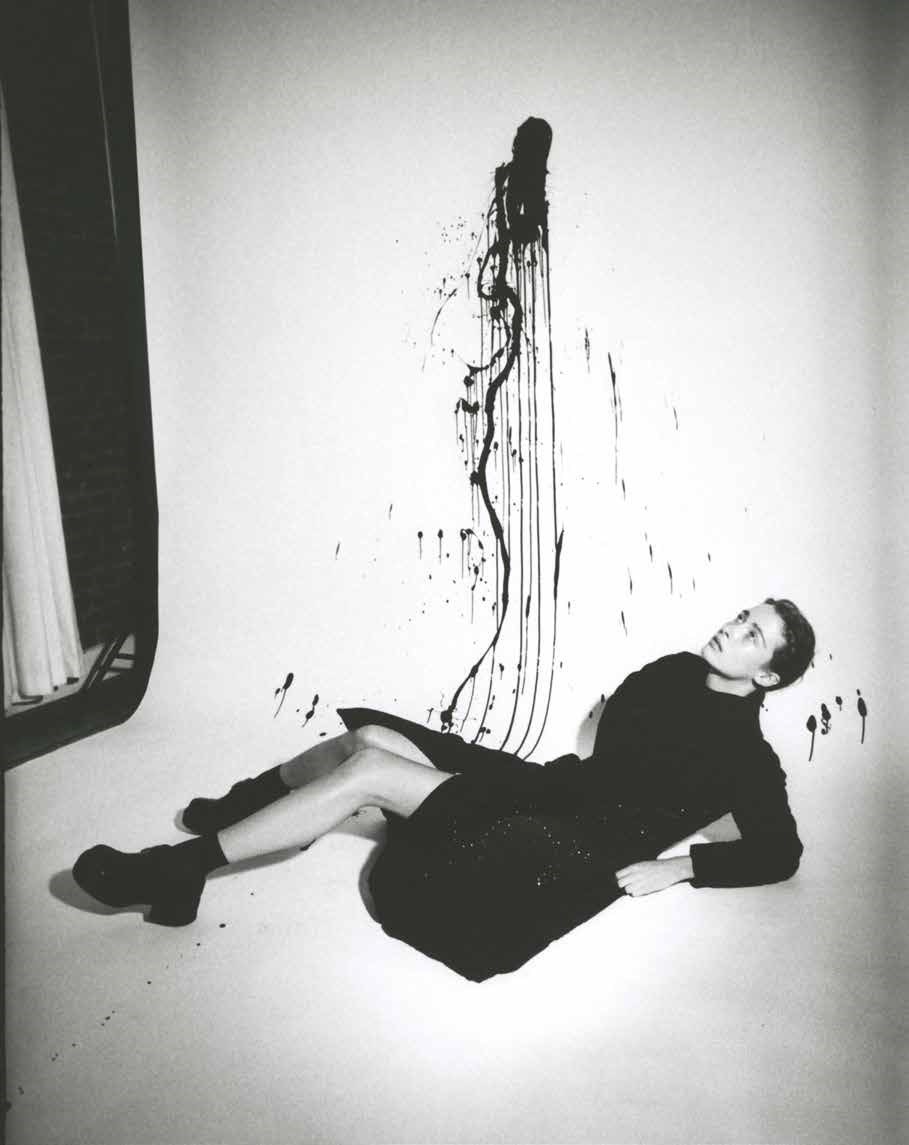
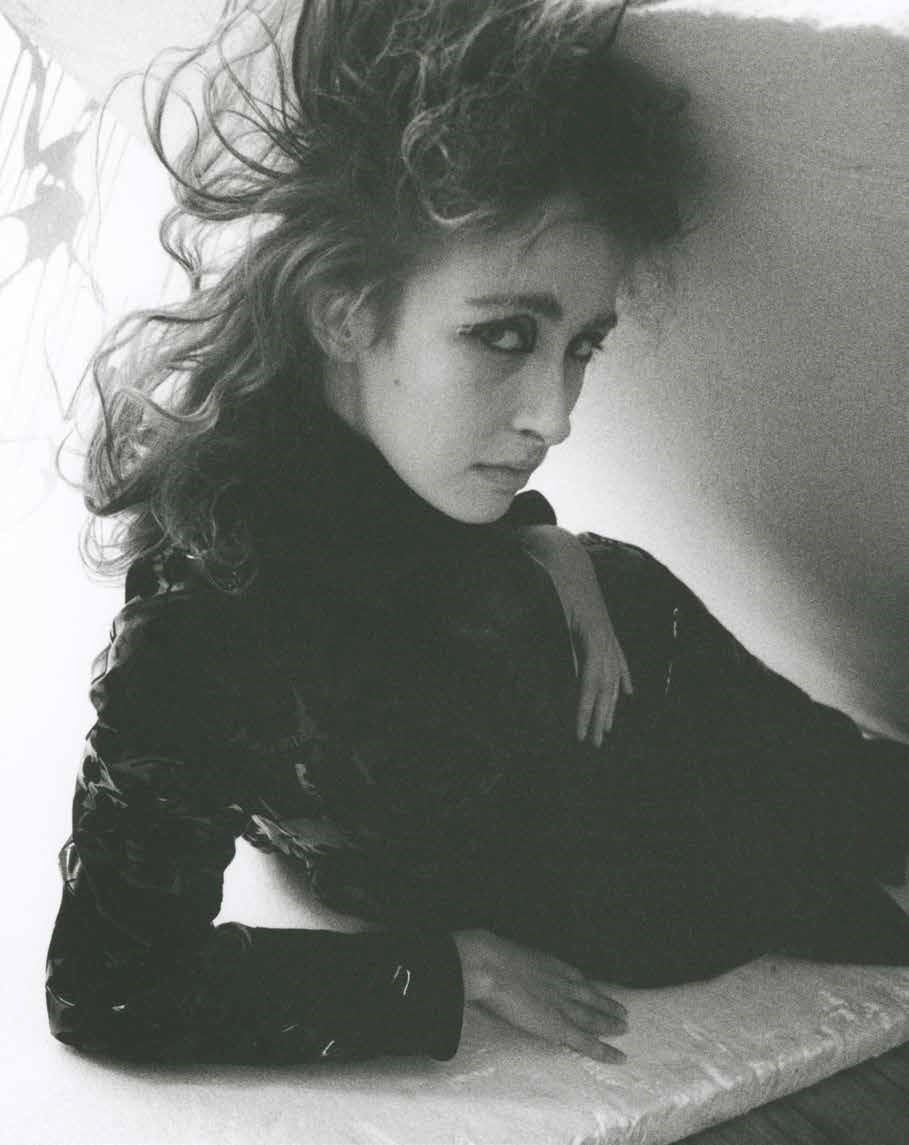
Let’s talk about your new collection. You’re well known for complex construction and innovative fabrication techniques. Is there any specific piece you are particularly proud of in this collection?
[Kei goes off and comes back with what appears to be a plain black fur scarf. He flips it to reveal its construction. Seeing the back of it, one realises that it is composed of a hundred small polyester modules laced within one another and attached by small studs, each connected to a separated patch of fake fur.]
I have been trying to make silhouettes by interlacing these small parts, these cut elements of materials. I make similar motifs like this, and they are connected only with studs to create the shape. I did a lot of these kinds of things for the collection.
It is not based around traditional garment construction; it is based only around trying to find new ways to make. It might look like simple construction, but there is no stitching anywhere.
Is it quite a challenge to communicate the beauty of pieces like this to an audience that can’t necessarily see them in person?
It is difficult to show and explain the techniques to people without them being present in person, but I don’t care about it. A picture is a picture, and everybody can see it, but the most important thing for the clothes is to be worn. So when people wear it and they feel something, that’s what is important to me. A picture is a picture; it’s a different story. I have never cared so much for pictures. [Laughs]
"I love black, that’s all. I don’t really care about colours." Kei Ninomiya
Everybody has been talking about creators leaving brands behind, and that the seasonal fashion model seems to be burning people out. As designers are looking for new models of production, is that a conversation you feel like you participate in?
No. For me, the most important thing is just to make something, to make my work. I don’t care so much about these sorts of things. I hope that, when it comes to new creators, everybody is like that, no? Everybody doesn’t care.
CDG seems to be both a really big company and a company that managed to keep a youthful energy alive. What do you think makes CDG this successful at marrying both?
Being independent. We are not part of the same system, there is always this energy that we have to keep. We have to give the maximum to stay like this. I love black, that’s all. I don’t really care about colours.
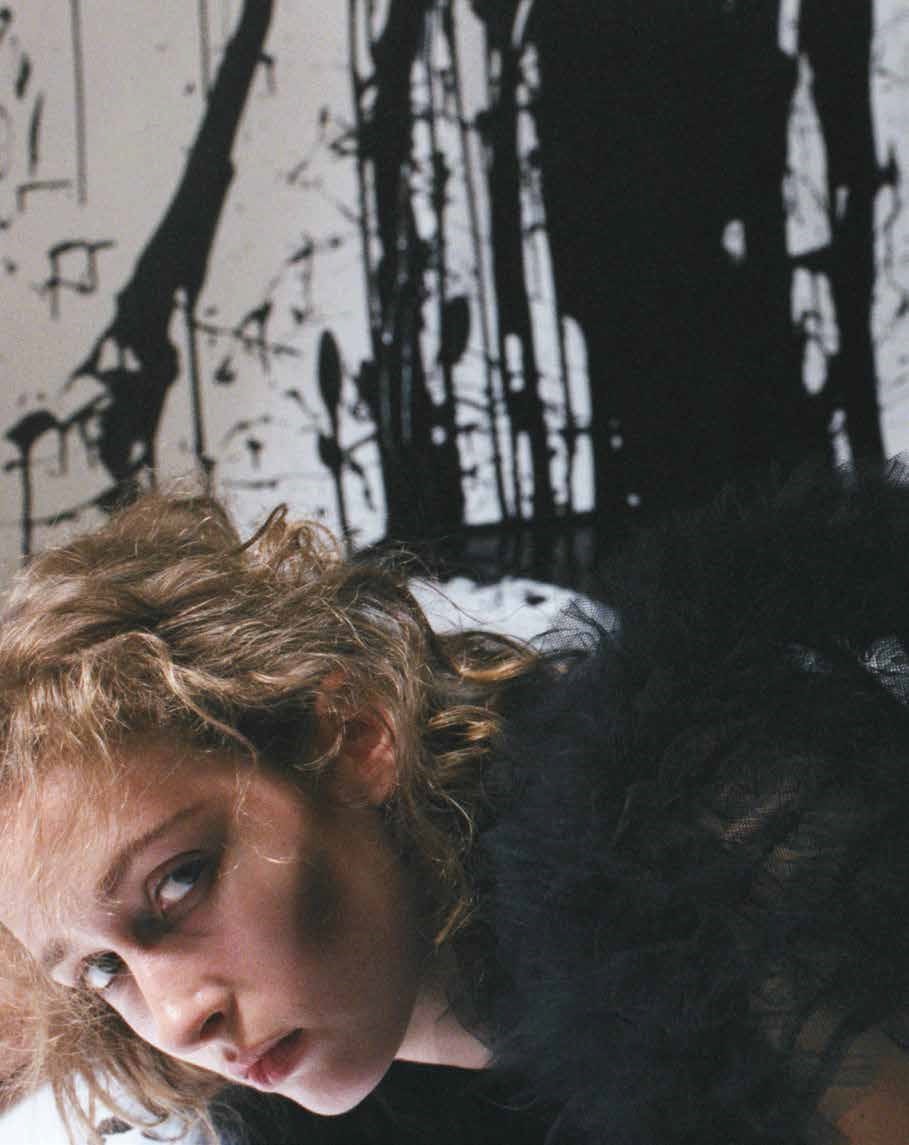
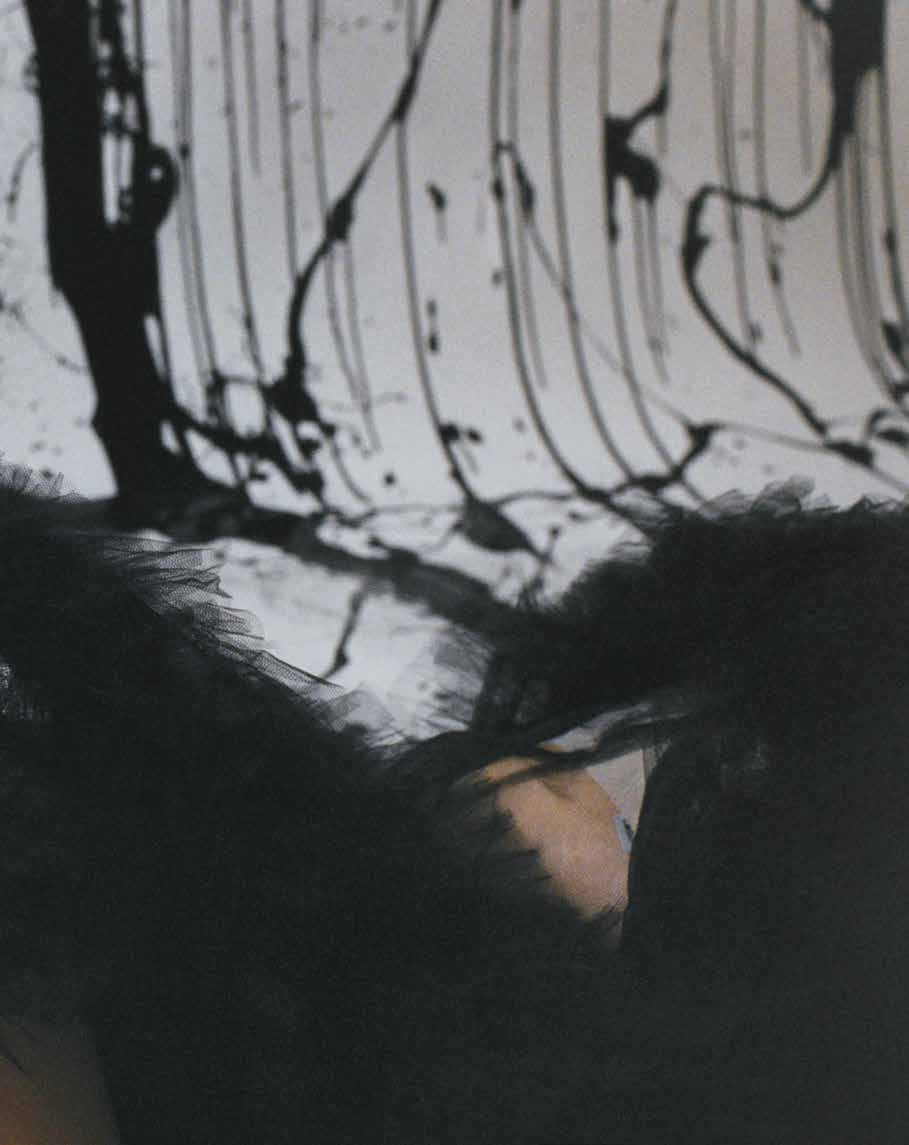
Do you ever wear colours?
To make a silhouette, you never need colours. And I love black, so I don’t see why I would use anything else. Also, if you focus on the black you see more of the differences in fabric; more nuances. You focus on that.
Are you looking towards new technologies, such as 3D printers, as something you could use?
It’s expensive, you know? [Laughs] You can do everything by hand. I love creating things with my hands.
Was this all done by hand?
Yeah, all of it. Actually, I am interested in 3D printers and new technologies, but it is a completely different world. I really like to make a piece of garment completely by myself, and a 3D printer is more like an engineering machine – it’s not part of making, it’s a really different universe.
Do you have a specific person in mind when you create?
No. Nobody.
Just the act of making?
Just making, really. People are always asking me that, but I have no muse. I have no people.
No inspirations?
Actually, I have a lot of inspirations. But like this thing – [he points at one of the studded fur pieces that composes the scarf] – you see, if I have an inspiration, it’s like a small animal or something.
Like a rabbit?
Exactly, like a rabbit.
I’ll write “inspired by rabbits” then.
[He starts moving the fur module on the table, imitating the behaviour of a small rabbit jumping around.] Look! And the studs are like little eyes.
That is true.
I’m just kidding.
Too late, I can now reveal your secret inspiration to the world.
I mean I’ll be doing things like this everyday, and so, of course, maybe I have some inspirations. But I never care about the starting point.
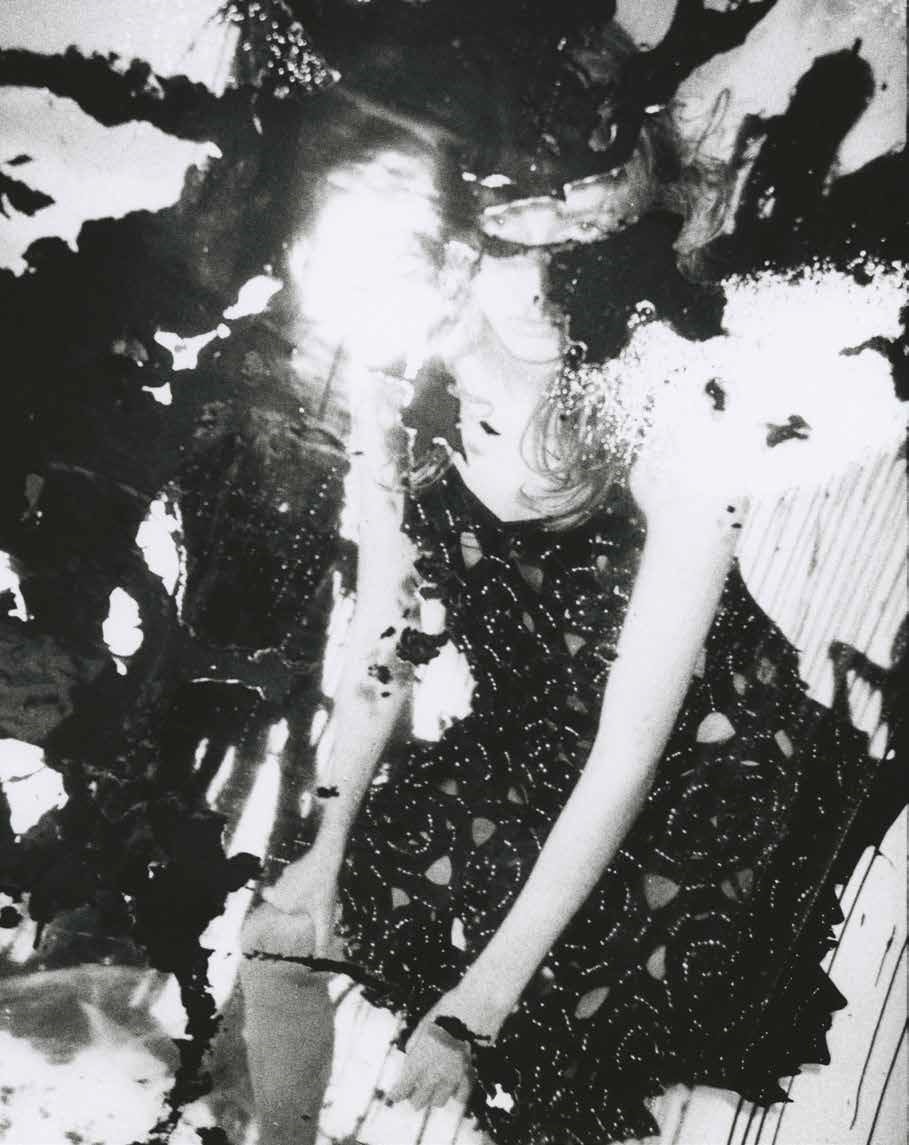
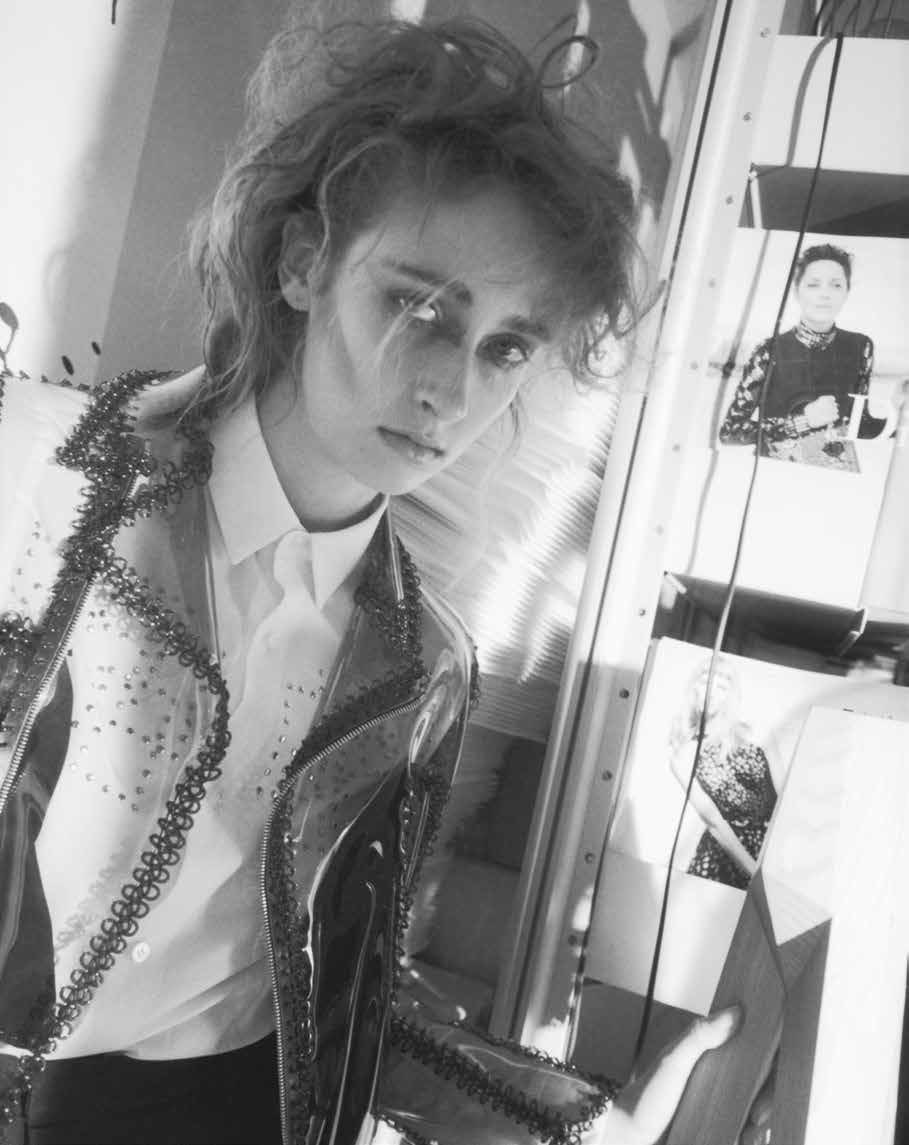
Do you have specific advice for young designers?
I am too young. I am the one who needs advice.
From a young designer to a young designer, then.
I don’t know. I just want more people in the world to make clothes with the same kind of stance. Pure creation, just trying to make something never seen before.
Do you feel detached from the fashion world, as your ethics are a lot more about inventing new methods than trends and inspiration?
The company policy for Comme des Garçons is no trend, no marketing, nothing – it’s just making clothes. We’re working for up to two months on a single piece, that’s why we can’t research. We don’t have time to research.
Not having time to research seems like a good reason not to.
A couple of times I have tried but it didn’t get anywhere.
Do you feel like you would have had space to make your work anywhere outside of Comme des Garçons?
I am just happy to be here, because it gives me the opportunity to do more things than what I could have done outside of it.
Do you know what the future holds for your brand?
To continue? I want to make more new. I need to do more.
Making new things?
I think so.
Have you been interested in anything recent outside of your work? A movie, a song?
No, no, no.
Do you have time to be interested in anything else?
No time at all. Just enough time to eat. At midnight, I get midnight chips. And I have a lot of fish.
It’s refreshing to hear someone only dedicated to his craft, honestly.
I am sorry. I don’t have much else to say. I just want to make really normal things that I want to wear; that people want to wear. It’s not art pieces I am creating. It’s clothes.
This article was originally published in 1 Granary, Issue #4.
